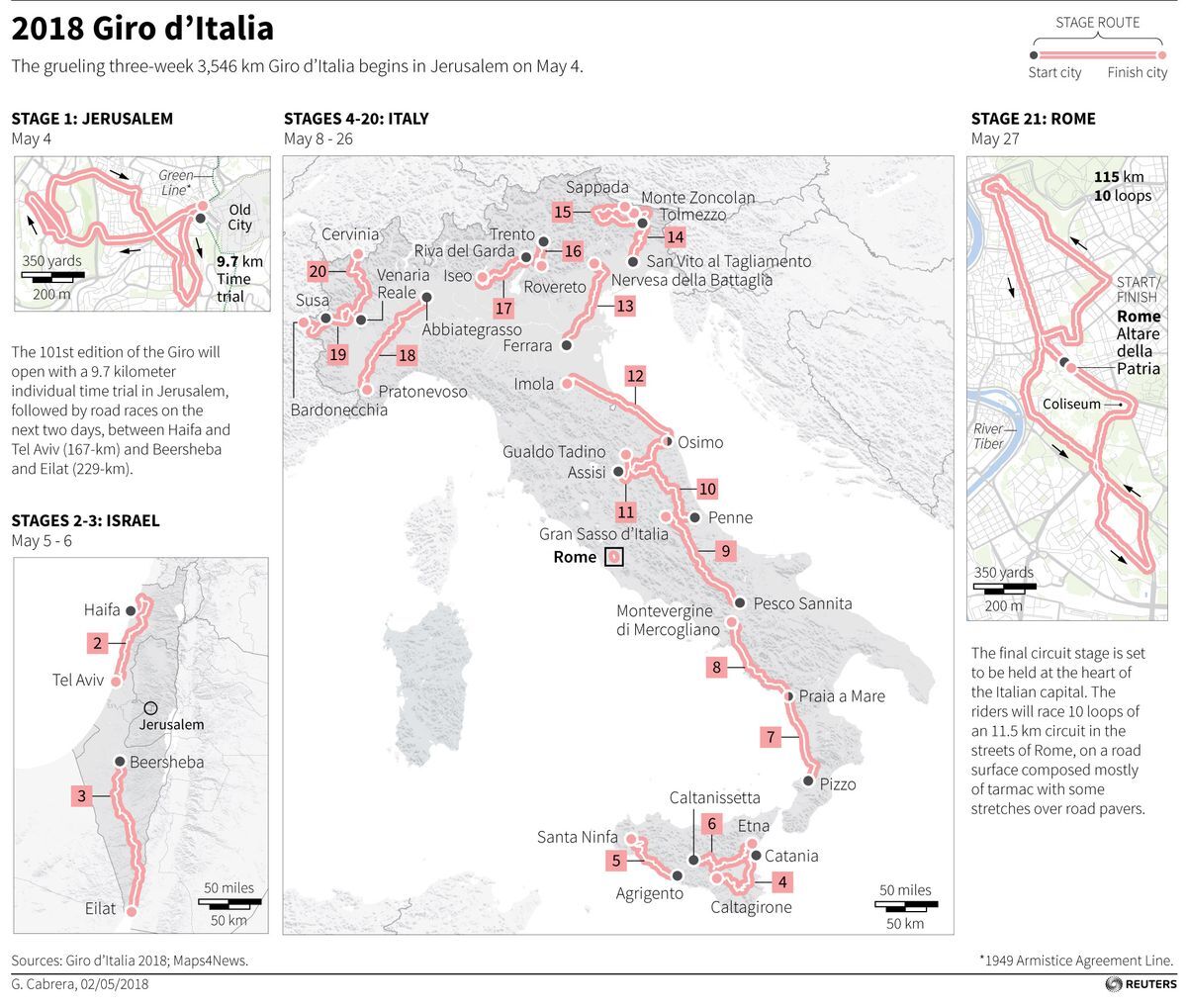Climate Whiplash: A Growing Threat To Global Cities

Table of Contents
Understanding Climate Whiplash and its Urban Impacts
Climate whiplash refers to the rapid and unpredictable shifts between contrasting extreme weather conditions within short periods. This isn't simply about experiencing both hot and cold temperatures over the course of a year; it's about the jarring succession of extremes within weeks or even days. For example, a city might endure a prolonged drought, leading to water scarcity and wildfires, only to be subsequently inundated by torrential rainfall and devastating floods. These rapid transitions overwhelm existing infrastructure and exacerbate existing urban vulnerabilities, especially for the most vulnerable populations.
The impacts of climate whiplash on global cities are multifaceted and devastating:
- Increased strain on infrastructure: Water systems struggle to cope with alternating droughts and floods, transportation networks are disrupted by extreme weather events, and energy grids face increased stress from fluctuating energy demands.
- Disrupted supply chains and economic instability: Extreme weather events can severely disrupt supply chains, leading to shortages of essential goods and services, economic instability, and job losses.
- Public health crises: Heat waves cause heatstroke and other heat-related illnesses, while floods can lead to waterborne diseases and the spread of infectious agents.
- Increased risk of displacement and migration: Extreme weather events can cause displacement and forced migration, putting further strain on already overstretched resources and infrastructure.
- Heightened social inequality: Vulnerable populations, such as the elderly, low-income communities, and marginalized groups, are disproportionately affected by climate whiplash, exacerbating existing social inequalities.
Case Studies: Cities Facing Climate Whiplash
Several cities around the world are already grappling with the devastating effects of climate whiplash.
-
City: Cape Town, South Africa:
- Events: In 2018, Cape Town experienced a severe drought, bringing the city to the brink of "Day Zero," where municipal water supplies would be shut off. This was followed by unusually intense periods of rainfall leading to flooding and infrastructure damage.
- Impacts: Water restrictions severely impacted the economy and daily life. Flooding damaged infrastructure and caused displacement in some areas.
- Adaptation: Cape Town has invested in water-saving technologies, improved water management infrastructure, and implemented stricter water restrictions. Further investment in drought-resistant infrastructure and flood defenses is crucial.
-
City: Houston, Texas, USA:
- Events: Houston is frequently impacted by intense hurricane seasons followed by periods of extreme heat, further stressing the city’s infrastructure and resilience.
- Impacts: Hurricane Harvey in 2017 caused catastrophic flooding, displacing thousands and causing billions of dollars in damage. The subsequent heat waves exacerbated the challenges faced during the recovery process.
- Adaptation: Houston needs to invest heavily in flood control infrastructure, develop better early warning systems, and implement strategies for managing urban heat islands.
-
City: London, UK:
- Events: London has seen increasingly unpredictable weather patterns. Periods of intense rainfall followed by prolonged dry spells have challenged the city’s drainage systems and increased the risk of both flooding and wildfires.
- Impacts: Flooding has disrupted transportation and caused damage to property and businesses. Dry spells have increased the risk of wildfires in green spaces within and surrounding the city.
- Adaptation: London is working to improve its drainage systems, invest in green infrastructure, and develop better preparedness plans for extreme weather events.
Building Resilient Cities: Adaptation and Mitigation Strategies
Building resilient cities capable of withstanding climate whiplash requires a two-pronged approach: adaptation and mitigation.
Adaptation Strategies
Adaptation focuses on preparing for and managing the impacts of climate whiplash. Key strategies include:
- Improving infrastructure resilience: Investing in flood defenses, heat-resistant building materials, and robust transportation networks that can withstand extreme weather events.
- Early warning systems and emergency preparedness: Developing sophisticated early warning systems to provide timely alerts of impending extreme weather events and implementing comprehensive emergency preparedness plans.
- Nature-based solutions: Utilizing nature-based solutions, such as green infrastructure (green roofs, permeable pavements), urban forests, and restored wetlands, to mitigate the impacts of extreme weather and enhance urban resilience.
- Community engagement and preparedness: Engaging communities in disaster preparedness, providing education and training on how to respond to extreme weather events.
Mitigation Strategies
Mitigation aims to reduce the severity of climate change and lessen the frequency and intensity of extreme weather events. Crucial mitigation strategies for cities include:
- Reducing greenhouse gas emissions: Implementing policies and measures to drastically reduce greenhouse gas emissions at the city level.
- Sustainable transportation: Promoting sustainable transportation options, such as public transit, cycling, and walking, to reduce reliance on fossil fuel-powered vehicles.
- Renewable energy: Transitioning to renewable energy sources, such as solar and wind power, to reduce reliance on fossil fuels.
- Energy-efficient building codes: Implementing strict energy-efficient building codes and promoting energy-efficient building practices.
- Sustainable urban planning: Promoting sustainable urban planning practices, including the creation of green spaces to help mitigate the urban heat island effect.
The Role of Policy and International Collaboration
Addressing climate whiplash effectively requires strong policy frameworks and international collaboration. National and international funding is crucial to support adaptation and mitigation projects in vulnerable cities. Robust climate change legislation and regulations at both the city and national levels are essential to drive the necessary transformations.
Sharing knowledge and best practices between cities globally is critical. Collaborative research initiatives can help cities learn from each other's experiences, fostering innovation and improving resilience strategies. International cooperation is key to ensuring that all cities, especially those in developing countries, have the resources and support they need to combat climate whiplash.
Conclusion
Climate whiplash presents a clear and present danger to global cities, threatening infrastructure, economies, and the well-being of millions. The frequency and intensity of extreme weather events are only expected to increase in the coming years. Proactive adaptation and mitigation strategies are no longer optional; they are essential for survival. We need urgent action from policymakers, urban planners, and citizens alike. We must invest in resilient infrastructure, implement sustainable practices, and foster international collaboration to build cities capable of withstanding the challenges posed by climate whiplash. Learn more about climate whiplash and its impacts on your city, and support initiatives promoting urban resilience. Advocate for stronger climate action to combat this growing threat. Let's work together to build a more resilient and sustainable future for our cities.

Featured Posts
-
 Tuesday March 11th Full Orange County Sports Scores And Player Stats
May 31, 2025
Tuesday March 11th Full Orange County Sports Scores And Player Stats
May 31, 2025 -
 Giro D Italia 2024 Papal Blessing For Cyclists Passing Through Vatican City Assuming A Year
May 31, 2025
Giro D Italia 2024 Papal Blessing For Cyclists Passing Through Vatican City Assuming A Year
May 31, 2025 -
 Miley Cyrus End Of The World New Music Video Released
May 31, 2025
Miley Cyrus End Of The World New Music Video Released
May 31, 2025 -
 Giulianis Tribute Remembering Bernie Keriks Patriotism
May 31, 2025
Giulianis Tribute Remembering Bernie Keriks Patriotism
May 31, 2025 -
 Papa Leone Xiv Salutera I Ciclisti Del Giro D Italia Che Passeranno Dal Vaticano
May 31, 2025
Papa Leone Xiv Salutera I Ciclisti Del Giro D Italia Che Passeranno Dal Vaticano
May 31, 2025
